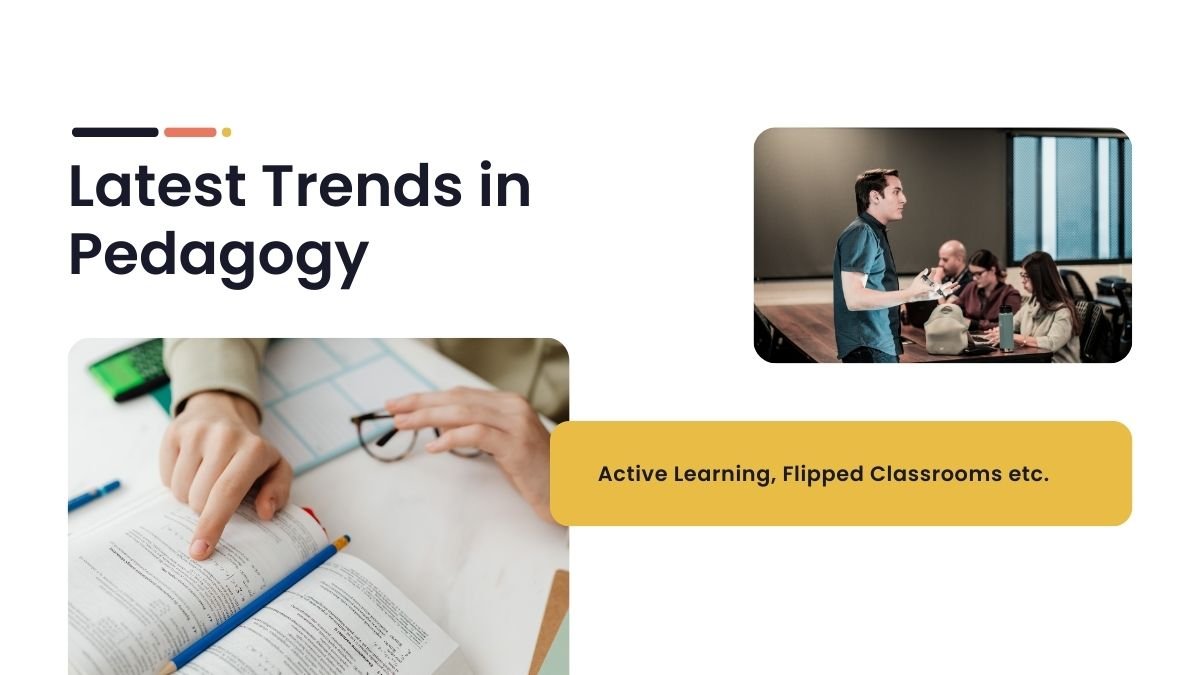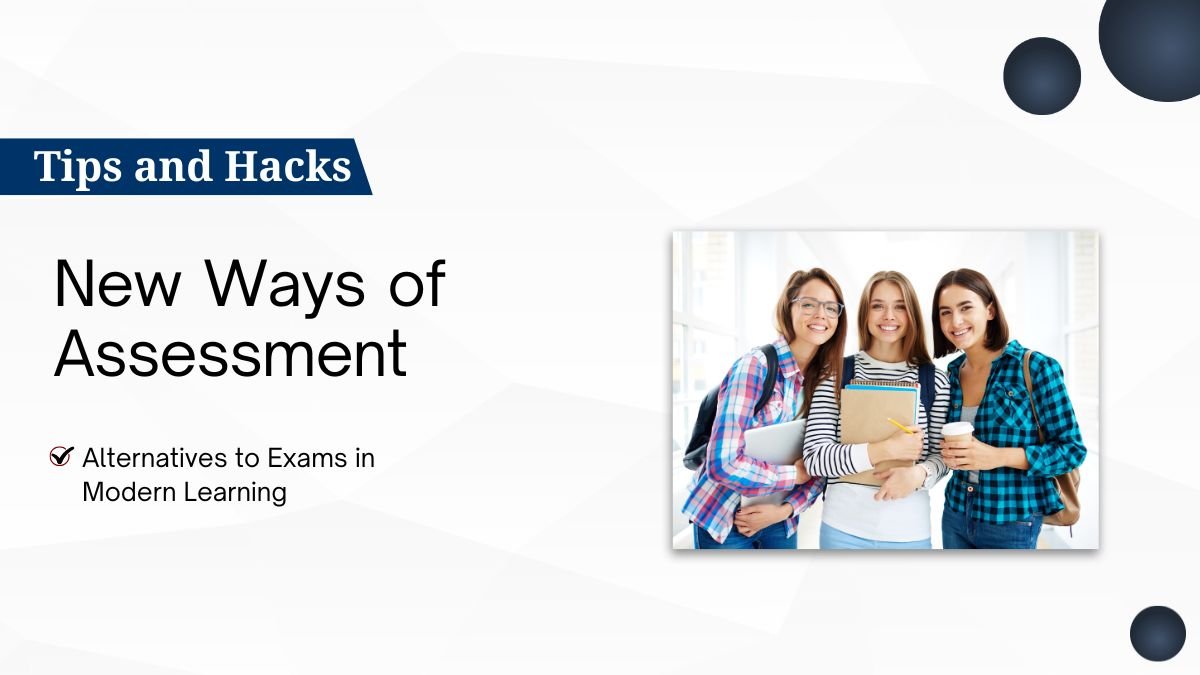Importance of Current Pedagogical Trends for B.Ed Students
The pedagogical practices and trends have undergone metamorphosis with time. In modern-day classrooms, the teachers are no more providers of knowledge but act as guides or facilitators. The current trends in pedagogy seem to be associated with student-centric active and personalized learning experiences for students.
Some of the trends are Active Learning, Flipped Classroom, AI (artificial intelligence) Learning, etc., important for B.Ed aspirants.
However, all these trends are meant to create an active participatory, and tech-enabled environment for effective and fun learning.
1. Active Learning
Active learning is one of the strategies under which students are actively involved in the learning process rather than listening passively to the teacher’s lecture.
Important Strategies for Active Learning:
- Discussion & Debate: Let the students say something about the topic in question and spend time expressing their opinions about the subject.
- Problem-solving activities: Let them solve real problems.
- Collaborative Projects: Encourage students to work in teams and make decisions communally.
For Example: If there is a History class being taught, the students are assigned to do a group presentation on a historical event. This way, they are activating the learning process and becoming more integrated with the material instead of listening.
Advantages:
- Increased amount of active participation of students and attention by students.
- More interesting with learning and memorable.
- Develop skills of critical thinking and problem solving.
2. Flipped Classroom
Under Flip Classroom a rather unique model of active learning in which learning of course content is achieved outside the class, whereas the time in class is more oriented to activity and practice.
How it works:
- Learnings outside the classroom: Student watches video lectures, reads textbooks, online resources.
- Implementation inside the class: The teacher works with students in group discussions, problem-solving, and experimenting.
For Example: In a math class, the teacher helps students to solve complex problems in groups during class time after they have watched videos at home to learn the formulas.
Advantages:
- Enhances self-directed and independent learning for students.
- More fruitful use of class time for engaging work.
- Teachers can better focus on particular challenges facing students.
3. AI-based Learning
Applied AI is gaining its rapid application in the education sector thereby making learning very personalized and data-driven.
Chief Uses:
- AI-Powered Content Delivery: This provides personalized learning content for students via machine learning. This gives students the freedom to take up the course at their own speed and ability.
- Intelligent Tutoring Systems (ITS): Such a system provides one-on-one tutoring experiences in practice. It provides support content and exercises according to students’ questions while at the same time taking into consideration their responses.
- AI-Driven Analytics: This enables tracking student progress hence facilitating teachers in providing individualized support and interventions.
Example: Language classroom: These AI-powered applications suggest personalized exercises by recognizing students’ pronunciation and grammar mistakes.
4. Benefits and Applications
- Increased Engagement & Motivation: More control and participation of the learner in the learning process are guaranteed under the new flipped classroom and AI methods. It brings liveliness to the learning environment, interactivity, and fun.
- Deeper Understanding: Principles are applied entirely; hence students are engaged in in-depth understanding of the subject.
- Personalized Learning: Curriculum designed according to the needs and learning pace of every student. Cooperative activities also refine the social and communication skills of students.
- Enhanced Self-Directed Learning: Encourages students to become independent and self-directed in learning. It nurtures the lifelong ability to learn.
5. Practical Tips for B.Ed Students
- To be student-centric: Instead of transcribing the information, the teacher should be more of a consultant and motivator.
- Use of technological tools: Use of videos, e-learning platforms, and AI-based applications.
- Encourage collaborative and group activities: Allow the learners to comprise some socialization spaces through group discussions, works, or problem-solving engagements.
- Customization and individualization in assistance: Alteration of the curriculum and exercises for each particular student’s needs.
- An Active Environment for Independent Learning: Allow opportunities for students to ask questions, exchange ideas, and communicate in the classroom.
Conclusion
The current trend in education today revolves solely around student acquisitions, technology-activated learning, and personalized learning.
- Active Learning and Flipped Classroom are both about engaging students actively in learning.
- AI-based learning renders education more personalized, data-driven, and efficacious.
- Such trends may prop up B.Ed students in sustaining the speed with emerging pedagogical advancements.
With these trends, teachers shall not remain mere informants, but guides, motivators, and facilitators who prepare and empower students to be self-proficient and ready for the future.









